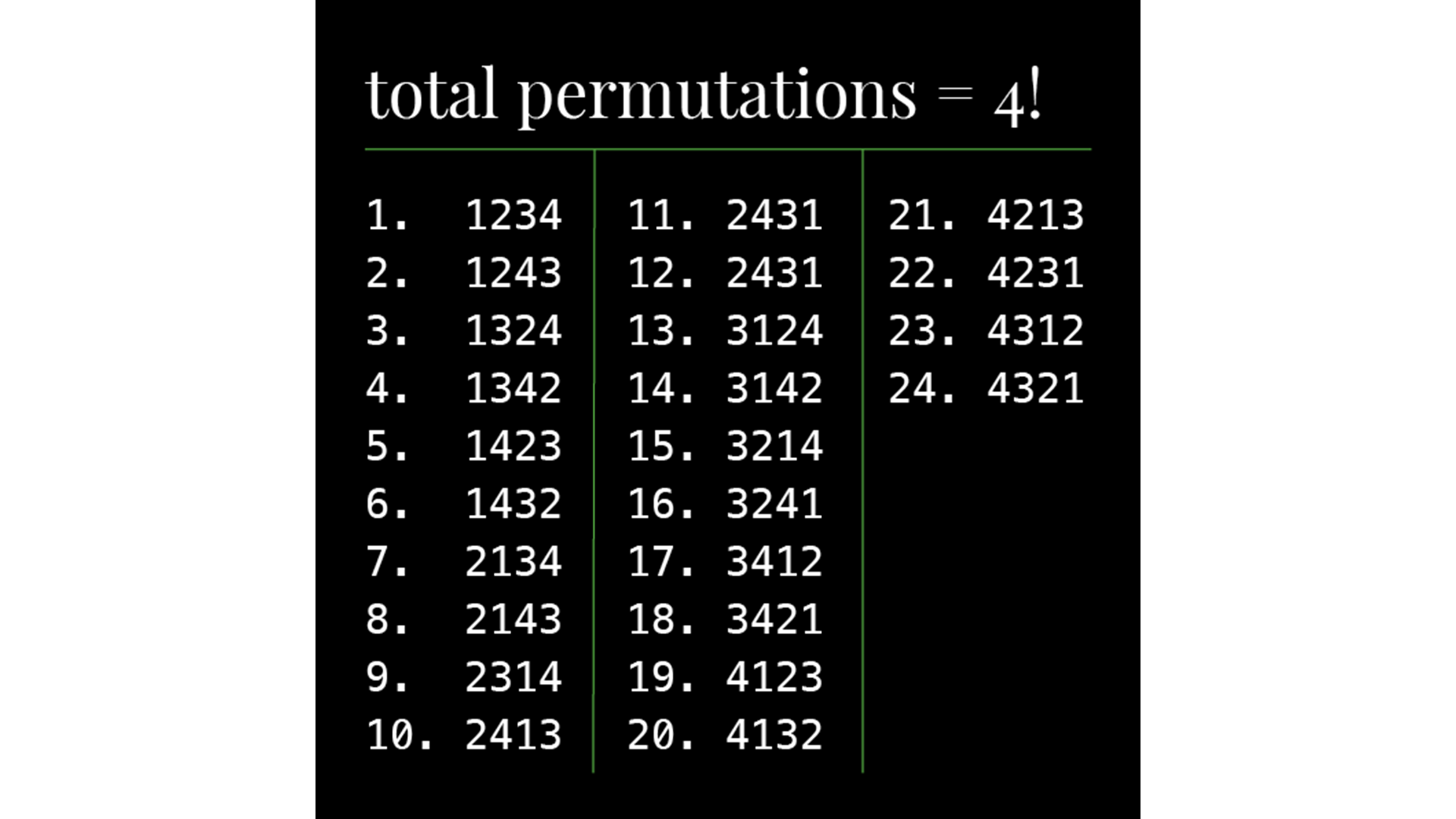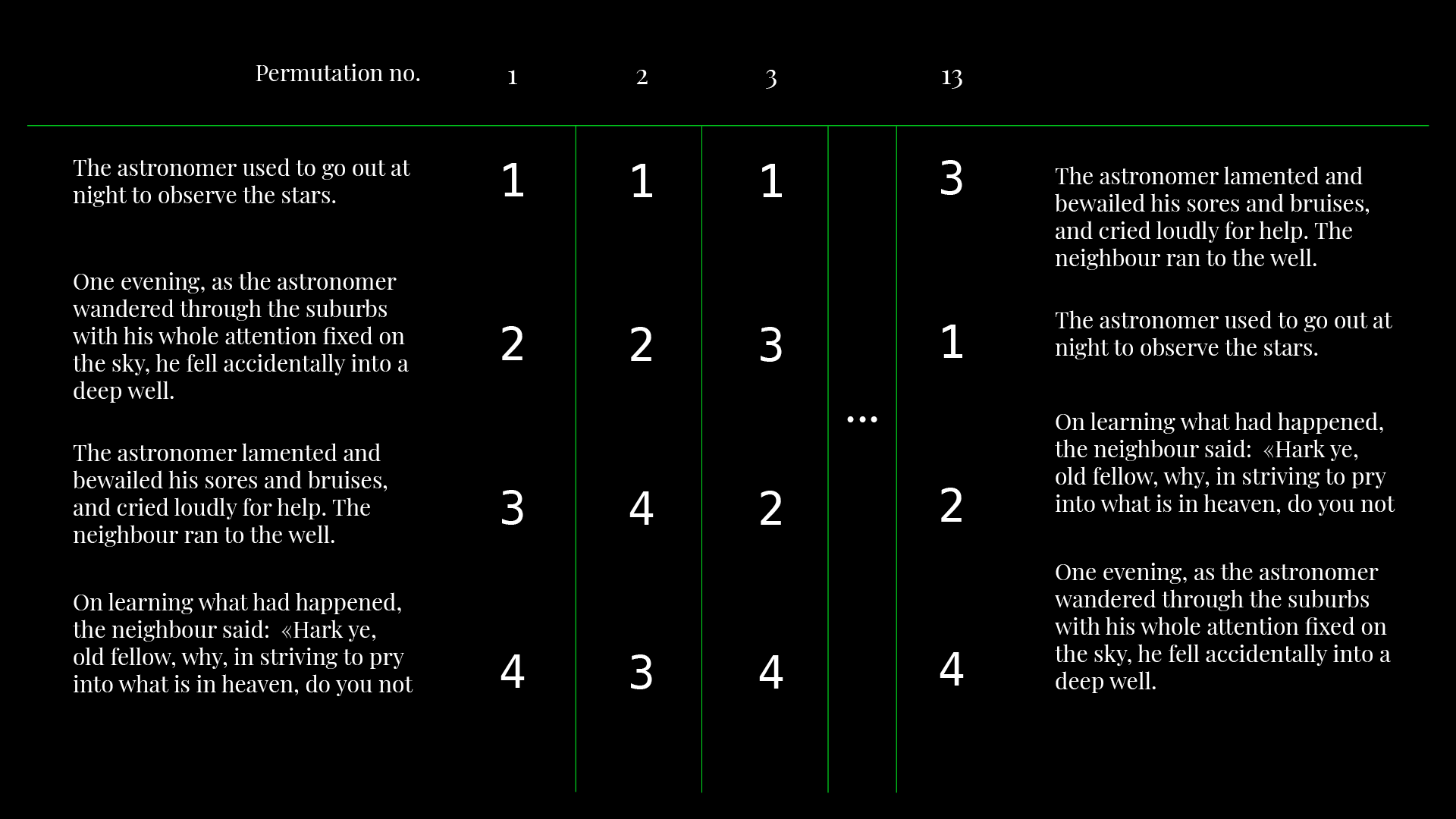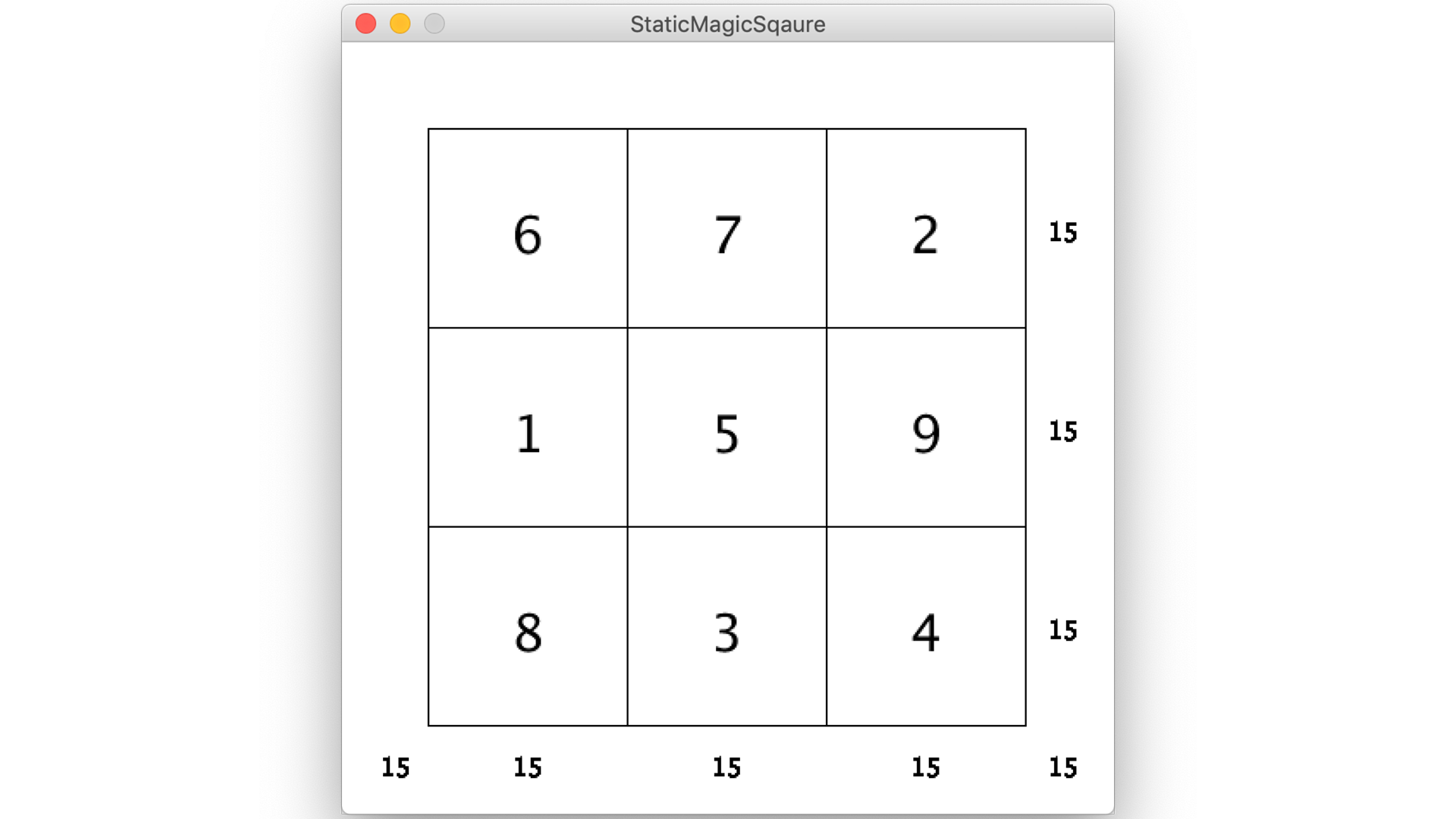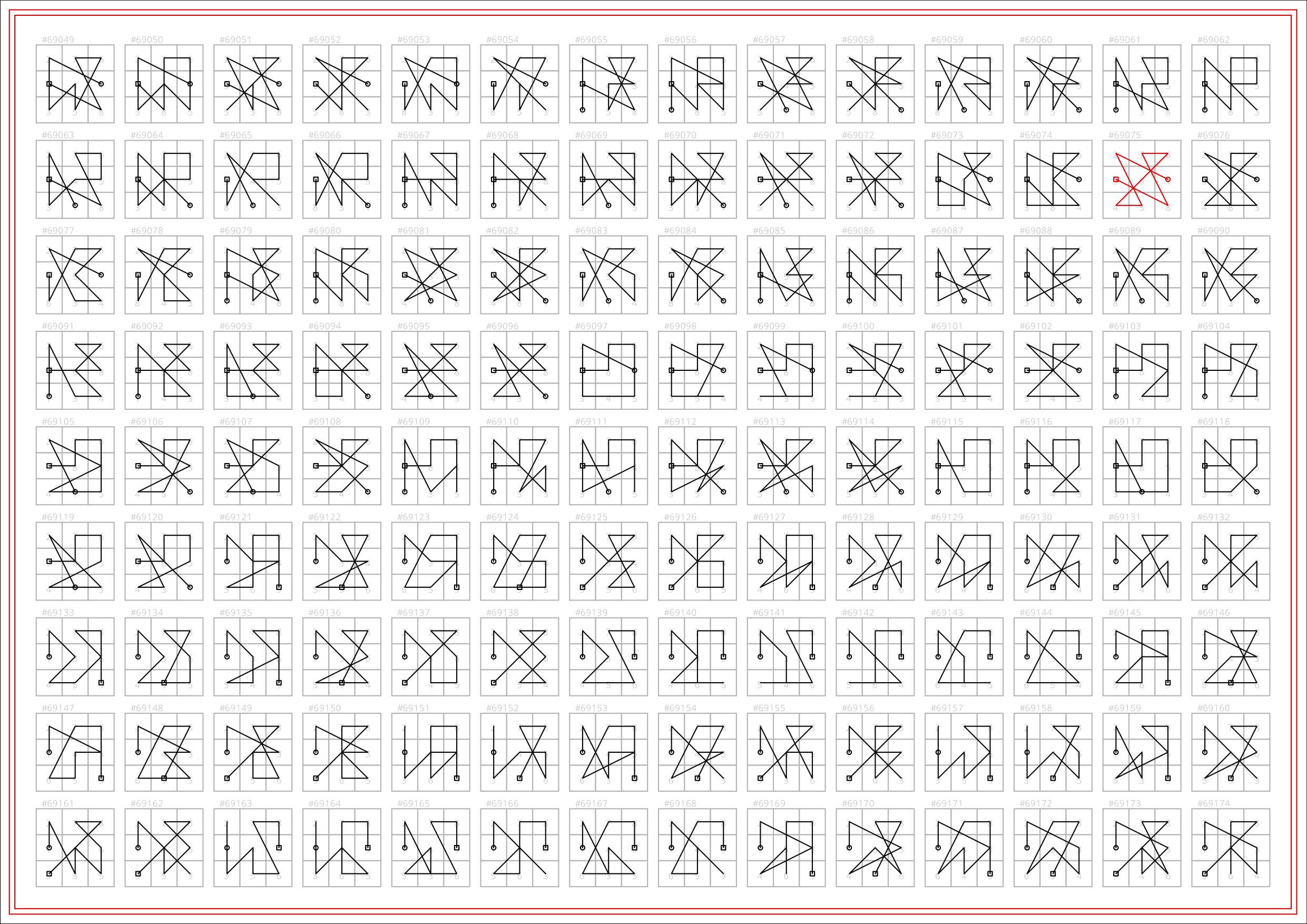The path to the wild beyond is paved with refusal.
[…] we must, on behalf of this alignment, refuse that which was first refused to us and in this refusal reshape desire, reorient hope, reimagine possibility and do so separate from the fantasies nestled into rights and respectability.
— Jack Halberstam
Halberstam’s quote, taken from the introduction to Fred Moten and Stefano Harney’s The Undercommons, describes the journey to a place of wildness. Not the social margins, which have already been drawn and are piled up with the lives and experiences of being in them, but beyond that, to what Moten and Harney call the surround – a spatial metaphor for the act of existing before the interruption of a colonial settler building a fort and establishing it as a centre. The surround is the space on the out-side of relating to a centre. Engaging with the surround comes with the realisation that we were always on the out-side, but are now refusing to get pulled in. Refusing to let it refuse and marginalise us, and thus creating a magnetised boundary of mutual forces acting against each other, delineating the states of dispossession and self-possession.
I thought about this a lot after my last move from where I had lived for seven years, adding one more permutation to a sequence of displacements. Propelled forward by one refusal after the next, I realised that the physical distances my movement drew were only a dramatic illustration of being in the ever-present outside. Through this text, I’m sharing a more intimate research journey, tying in the areas of my work – technology, magic, and art – to the political reality of being in the world. Placing the theoretical, artistic experiments described here in the context of the histories they draw from and in relation to the spaces they contend with. So before we get into magic and technology, I had to take a moment to leave, or – staying with Moten and Harney’s analogy – to look away from the proverbial fort and towards what lies beyond: the out-side.
Jane Bennett, in Vibrant Matter, offers a description of the out-side that populates the spatial metaphor of the surround, into a space animated with things. Many things, all those that are not figured into the narrative of the rational, sensible human story. To look away, is therefore not to look at emptiness, because the notion of finding an empty space is itself predicated on the erasure of the surround. But to look towards a full, cluttered, vibrant space brimming with the unintelligible, unassimilated and unaccounted for — the outside could be where we find everything else. Populating the surround de-emphasised the imagined need for “new ideas” and instead highlighted the need to work with the mess of all the everything out here already.[1]
Bennett notes, that the out-side is an intentionally unintelligible space where things exist as a recalcitrance to rationalism’s claim over other modes of knowledge and understanding. Within this framing, we can begin to place magic, which is one of the older systems of unintelligible knowledge and possibly one of the earliest presences on the out-side. There is no singular definition of magic — approaches from anthropology, history, theology, and the history of science all contend with what magic is or isn’t in relation to either religion or science. These approaches all place magic at the beginning of the streamlined colonial narrative of the so-called evolution of the species from a primitive, closer to nature, magically inclined people to a civilised, faith-based and science-driven people. I don’t attempt to define magic. However, I work with this somewhat throwaway descriptive found in the edited Arabic version of Ghayat Al Hakim (or the Picatrix), which describes magic as the knowledge (or perhaps, the pursuit of the knowledge) of things unintelligible and un-present — al-ghamidh wa al-ghayb. Ultimately, magic can be described against everything that it is not, and towards everything that it doesn’t know.[2] In this sense, magic is a continued tension across this magnetised boundary between the centre and the out-side.
Historically, the practice of magic was forbidden by the prevalent religious orthodoxy. But as the authority of the church gave way to that of the state, which, in turn, gave way to that of capital, being accused of witchcraft became more than the social delineator it was, and instead became a cause for state-sanctioned punishment.[3] The legal persecution of practicing magic did not become a systemic part of law enforcement until capitalism was established as a state-allied and church-backed economic system in Europe.[4] Regardless of whether or not the administrators of the law believed in magic, there was a unanimous and historically sustained understanding that those who do believe in it, tend to engage in activities that do not uphold capitalist and state priorities.[5] Today, the few countries that still have such laws are similarly less concerned with whether magic is real or not, and more concerned with regulating faith-based actions through the official religious bodies who propagate the legitimacy of the state. Situating magic within the relation between the centre and the out-side is important for highlighting the political history of magic and contextualising my research as an effort to re-problematise magic in the present.
One of my first experiments with the out-side was a text-based work built on a combinatorial algorithm. Combinatorial mathematics is mostly a recreational branch of mathematics concerned with the arrangement of, operation on, and selection of discrete elements belonging to a finite set; it is concerned with counting, arranging, and rearranging elements within a given microcosm. A combinatorial approach allows for the world to already contain a messy clutter of everything, and within that, we can refigure its components to make different arrangements, tell alternative stories and reconstruct myths. This work took as input, a short story divided into four main events. The order of the events was indexed in sequential ascending order: 1 2 3 4. It was then programmed to output all the possible permutations of this order, effectively producing all the alternative timelines possible, that are packed inside (or outside?) the starting timeline of the story.

Part of the rules of this algorithm is that the combinations produced do not repeat, and that they are output in ascending order per sequence. So if the first order is 1 2 3 4, then the next one must be 1 2 4 3, followed by 1 3 2 4, always keeping the next smallest number first. Procedurally generating alternative sequences of events from the closest to the origin, to the most chaotic at the 12th-14th permutations, and then eventually returning to the linear opposite at the final, backwards permutation of 4 3 2 1. This structural/mechanical manipulation of a narrative brought to light a different approach to speculation. The possibility space of a story can be procedurally taken apart and put back together without consideration for meaning or sense-making. It allowed for sidestepping semantic concerns or whether an alternative reading would be realistically possible. Instead, meaning is asked to reclad itself around the new structure.
I found out later that this algorithmic technique of rearranging words was used in text-based hermetic practices to subvert scripture. Despite the rationalist effort to place magic at the primitive beginning of a linear trajectory towards civilisation, there is in fact an essential shared technical principle between magic and two of the dominant structures of civilisation, namely religion and technology. I don’t delve into the specificities of religious systems, but will draw out these parallels between magic and technology. For one, both exist in text-based cosmologies, where worlds can be created if they can be symbolically notated. The order of letters, regarded as symbolic of a divine body, was in many ways considered the order of the universe they describe.[6] Similarly, all of technology runs on executed syntax, and its worlds are systems built from blocks of code arranged into an order of operation. Secondly, they both rely on assigning function to their language, as the body of the letters and symbols act as a mediator to bring about an effect. In essence, the way in which prayers, spells, and code work are fundamentally the same.

Florian Cramer’s Words Made Flesh, charts out a history of code as an ancient tool of syntactical and semiotic power. Though Cramer’s focus is on Latin and English speaking practices, some of these practices, namely combinatorics, has a long history in medieval Arabic mathematics and in the Arabic language “occult”. One of the earliest applications of combinatorics was a mathematical puzzle called wafq al-a’adad (wafq for short) — generally interpreted as the harmonious disposition of numbers.[7] They came to be known in English as Magic Squares because they were transmitted to Europe through the magic related manuscripts as opposed to the mathematical ones. A wafq is solved by rearranging numbers in a grid until you arrive at the arrangement that produces this harmony: when the rows, columns and diagonals of the grid produce the same sum.

The earliest record of Magic Squares originates in 190 BCE, however, I follow their Arabic tradition where they were studied as mathematical novelties during the 10th and 11th centuries CE and later were used in magic practices, namely within the practice of talismanic magic. Working with Arabic also opens up an exchange of meanings between words that bring out some of the political implications of magical practice. The word talisman is itself a phonetic transliteration of talssam الطلسم, which in turn is the backwards spelling of the word mussalat المسلط, meaning that which is cast onto or directed towards.[8] Talismanic magic is the practice of imbuing bodies – symbols or objects – with a higher meaning and equipping them with the intention of carrying out an action in the world. I’ve come to understand it as a kind of action-based-semiotics, identical in functionality to coding languages, but with a few levels of abstraction above.
Another word related to talismans is the Arabic word ‘amal, which is the noun form for the word work, but also refers to the physical form of a talisman. The body of a crafted talisman, usually a piece of fabric with a wafq square accompanied by inscriptions, becomes a work. The phrase “a work” would be —
and still is — the shorthand for referring to an amulet or a talisman in Arabic. Given the historical relation we drew out earlier between the illegality of magic and the centrality of labour within capitalism, I propose to place the Arabic word ’amal عمل to re-problematise magic as practice that creates a contentious conception of work/labour.
This led to a second experiment in combinatorics; I started by building a programme that generates awfaq. It began as a crude code that shuffles numbers at random until it reaches a wafq arrangement. Eventually, this piece was refined to use a combinatorics algorithm to parse through all rearrangements of the numbers, procedurally arriving at the wafq arrangement, while also keeping a record of its own process. I worked with the smallest square possible, which is the 3 x 3 grid, to keep the number of permutations (somewhat) manageable and to avoid getting entangled in the complexity that emerges with larger grids.
Throughout, a conversation emerged between the analogue and the digital computational processes.[9] The Squares were not here to reveal a new object of fascination or uncover the “magic within the machine”. Rather, it was as if they were keeping the machine in check – or giving it a different set of priorities. I had to discard the notion that I was augmenting or improving the mediaeval object, and in doing so allow for it to direct the process in ways that were not always the most efficient from a technological perspective. The aim of the project was not to find the fastest way to solve a Magic Square, or to generate all the Squares in existence[10], but to go through the process of making and thinking and reassembling through a new heuristic. What can technology create outside goal driven processes? How much is lost when prioritising efficiency? What modes of productivity are engrained into technology? What does it consider work?

Combinatorics is a relatively naive algorithm that took up so much time and generated so many “useless” permutations of numbers that were not the correct sequence to create a wafq. In a similar process to that applied to short stories described above, the code moved in a linear fashion from the first set of numbers – this time 1 to 9 – through all possible rearrangements, until arriving at the other end, 9 to 1. Of the total 362,880 permutations that the code generates, only 6 are a wafq arrangement. On finding a Magic Square, the programme highlights it in a different colour, and continues generating permutations. When it reaches permutation number 362,880 it would have generated pages and pages of small grids and black lines, rarely getting interrupted with a spark of red. The sheer statistical unlikelihood of a Magic Square or wafq does evoke a sense of fascination, and perhaps it is this sense of wonder that makes magic magical. But once the programme arrives at the first one, that is the shape it traces from that sequence is now no longer a shape, but a sigil; a symbol harnessing the power of wafq al a’dad[11], and the surface it is lying on now has the potential to become a ‘amal or a work.
At the same time, the process of the programme auto-archiving its progress, raised questions around archiving: what is worth keeping? What is refused and by who? What is the difference between archiving a process and archiving an end product? In many ways, the manuscripts that gave us the studies on constructing awfaq are also a kind of process-archive. Combining instructions with annotations on the process of making spells and potions and compiling it into text book style manuals is also the practice behind making grimmoires. The automated self-archiving of my programme combined with the magic it was finding was how the project eventually came to be titled programmoire.
Highlighting the functional proximity between magic and technology not only challenges the narrative that technology is a result of rationalism, but by integrating technology into the cosmology of magic we allow it to leave the reactionary space of conversing with the centre. We can forge an alternative history for technology that highlights its magical roots, co-opts it from the hands of rationalism and opens it up to be an intentional, procedural generator of the unintelligible. Conversely, magic also can here reclaim its roots as a space holder for worlds outside and before centres of colonialism, capitalism and states, and that it can and does exist in deliberate and executable ways – modes that capitalism claims to have invented. Magic is and has been used by power structures within the centre, and it is part of the way in which power reaffirms itself and channels what is and isn’t permissible to practice and at what times and places. So it is not that magic became forbidden and neutralised because it is or isn’t real, but because if left unregulated, it may afford people on the out-sides of centres to take matters, and matter, into their own hands.
[1] The constant search for the new was a tendency I knew came from the techno-positivist obsession with innovation.
[2] Ghayat al Hakim, Copyright The Warburg Institute
[3] Mauss, Marcel. A General Theory of Magic (Routledge Classics). 2nd ed., Routledge, 2001.
[4] Federici, Silvia. Caliban and the Witch Publisher: Autonomedia. Autonomedia, 2021.
[5] Federici, Silvia. Caliban and the Witch Publisher: Autonomedia. Autonomedia, 2021.
[6] Cramer, Florian. Words Made Flesh. Code, Culture, Imagination. Piet Zwart Institute, 2005.
[7] Hallum, Bink. “New Light on Early Arabic Awfāq Literature.” Islamicate Occult Sciences in Theory and Practice (Handbook of Oriental Studies: Section 1; The Near and Middle East), edited by Liana Saif et al., Illustrated, BRILL, 2021, pp. 57–161.
[8] Ghayat al Hakim, Copyright The Warburg Institute
[9] The story of this dialogue is narrated in its own work.
[10] Weed, Jared. (2016). Applications of AI for Magic Squares. It is not yet possible to generate all magic squares even with the processing power we have access to today.
[11] The notion of harmony itself was attributed a divine and magical power, but in addition to this, each size square was later attributed to certain elements, foods, and most importantly planets, which would be used as part of magical applications of the awfaq.
Batool Desouky is a computational artist and researcher working with magic, technology and archival material. She was speaker at CTM Festival's Research Networking Day (2021) and was part of the Systems residency with Arebyte Gallery, London (2020). Batool is co-founder of online bilingual publication platform Tariff | تعریف and was previously programme coordinator and curatorial assistant at Sharjah Art Foundation, UAE. She is a graduate from Goldsmiths University of London (2020), and is currently based between London and Kuwait.
